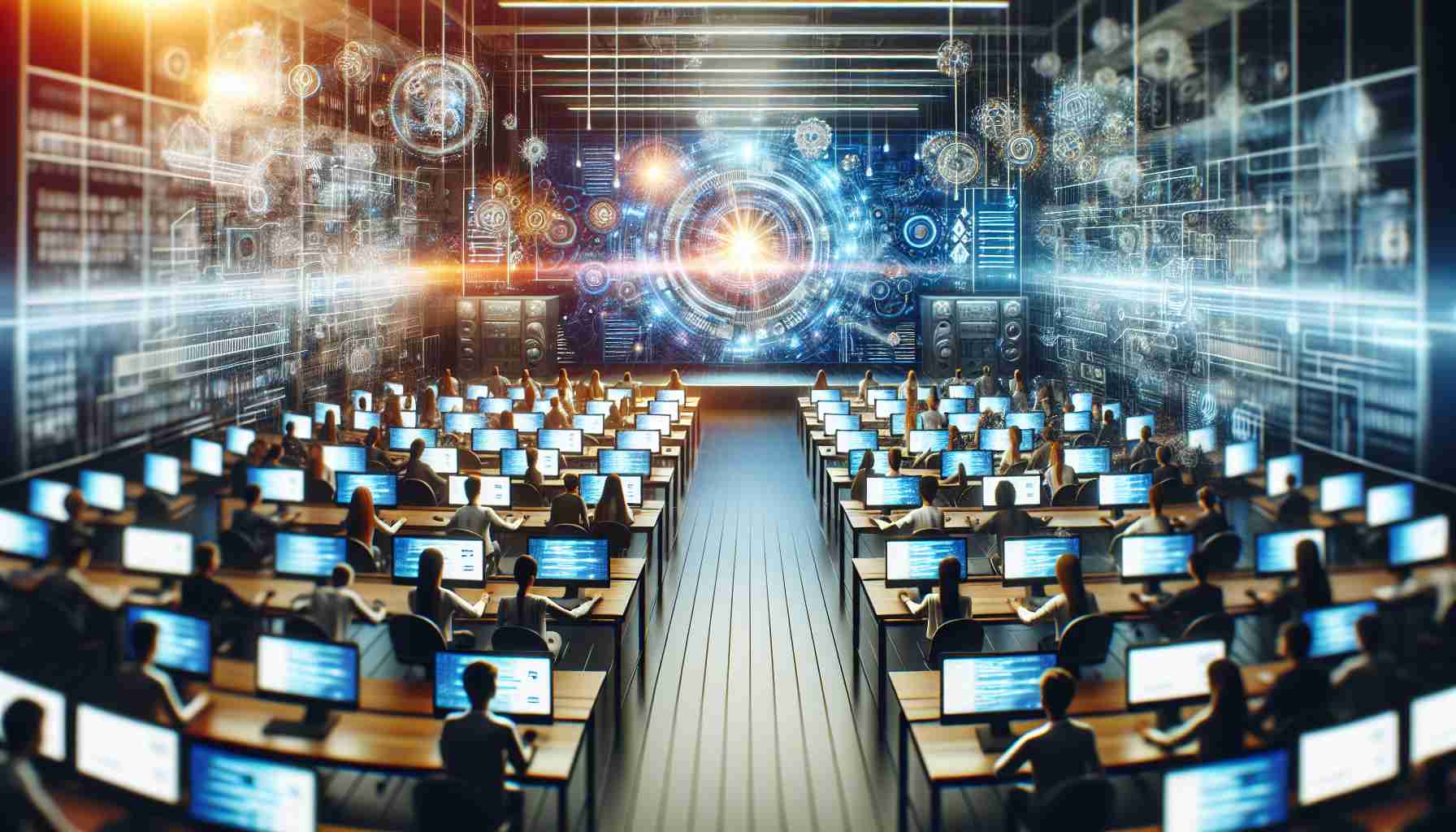- Figure AI is poised to introduce 100,000 humanoid robots in the next four years.
- The company has secured a significant partnership, likely with a major retailer or tech firm.
- Robots are being designed for diverse sectors, including manufacturing, logistics, and healthcare.
- The dual-market approach targets both commercial and home applications.
- Figure 02, the latest humanoid model, can walk at speeds of 2.68 miles per hour.
- Continuous advancements in AI allow these robots to learn and adapt for complex tasks.
- The integration of humanoid robots promises to change everyday life significantly.
In a groundbreaking leap for technology and innovation, Figure AI is transforming the dream of humanoid robots into a tangible reality! The company is on fire, recently signing a major deal with what could be one of the largest U.S. firms, gearing up to unleash a staggering 100,000 humanoid robots into our daily lives within the next four years.
While the identity of their new commercial partner remains a closely guarded secret, hints suggest it could be a retail giant or a prominent tech company facing high labor demands. CEO Brett Adcock emphasized the importance of cultivating strong relationships with high-capacity clients, enabling efficient scalability and enhanced AI learning.
Following the successful partnership with automotive titan BMW, Figure AI’s vision for integrating humanoid robots across various sectors — from manufacturing and logistics to healthcare — is on the brink of realization. The dual-market strategy targets both commercial environments and home use, hinting at a future where robots become indispensable household assistants.
The speed at which Figure AI rolls out new models is nothing short of remarkable. Their latest humanoid, Figure 02, is already walking at an impressive 2.68 miles per hour, seven times faster than its predecessor. With ongoing advancements in artificial intelligence, these robots are not just machines; they are learning entities, capable of adapting and performing complex tasks.
Get ready, because the future of humanoid robots isn’t just coming — it’s almost here! Imagine the possibilities as these marvels of technology step off the assembly line and into our everyday lives.
The Future is Now: How Humanoid Robots are Set to Transform Our Lives!
The Rise of Humanoid Robots by Figure AI
Figure AI is at the forefront of an incredible technological transformation, ushering in the era of humanoid robots that promise to change both commercial and domestic landscapes. With a groundbreaking agreement to deploy 100,000 humanoid robots in partnership with a major U.S. company, Figure AI’s ambitions are soaring. This initiative aligns seamlessly with their previous successful endeavors, such as their collaboration with BMW.
Key Insights and Trends in Humanoid Robotics
– Market Forecast: The humanoid robot market is projected to grow significantly, with analysts estimating a compound annual growth rate (CAGR) of over 20% in the next five years. This growth reflects increasing automation needs across various sectors, including retail, healthcare, and logistics.
– Capabilities and Use Cases: The humanoid robots from Figure AI are designed to be versatile. They are not just confined to industrial applications; they are poised to assist in homes as caretakers, companions, and helpers in daily tasks, ranging from cleaning to providing companionship for the elderly.
– Technological Innovations: The use of machine learning in Figure AI’s robots allows them to adapt to new environments quickly. The latest model, Figure 02, boasts walking speeds of 2.68 miles per hour and is engineered to navigate complex tasks autonomously, indicating a significant leap in robotics capabilities.
Potential Limitations and Controversies
Despite the excitement, several challenges loom over the proliferation of humanoid robots:
– Workforce Impact: As humanoid robots become integrated into workplaces, there is growing concern about their impact on employment and job displacement across various sectors.
– Ethical Considerations: The deployment of intelligent robots raises ethical questions about privacy, human-robot interaction, and the potential for misuse in surveillance.
FAQs about Figure AI and Humanoid Robots
1. What industries will benefit most from humanoid robots?
Humanoid robots are set to revolutionize various industries including healthcare (patient care and assistance), manufacturing (assembly line operations), logistics (package handling and delivery), and retail (customer service and management).
2. How are humanoid robots learning and adapting?
Humanoid robots from Figure AI leverage advanced AI algorithms and machine learning techniques that allow them to learn from interactions and environmental changes, thereby improving their performance and capabilities over time.
3. What is the expected timeline for widespread adoption of these robots?
With plans to begin deploying 100,000 humanoid robots over the next four years, and given the rapid pace of technological advancement, we can expect their presence in both commercial and home environments to become commonplace by the late 2020s.
Suggested Related Links
For more information on humanoid robots and innovations in AI, visit Figure AI.




















